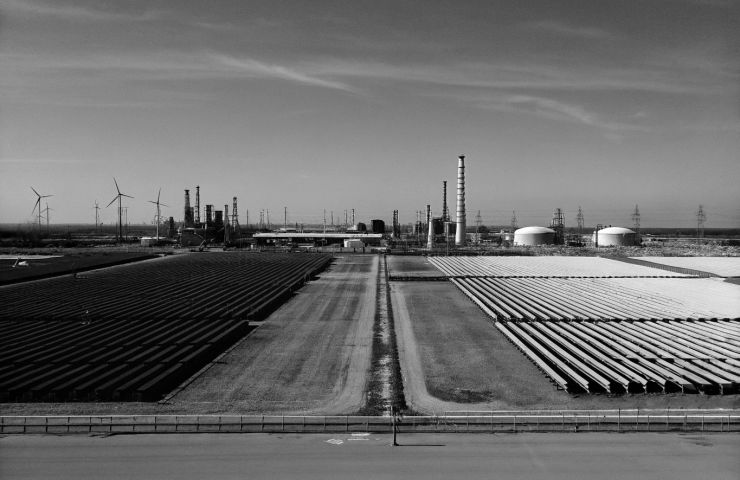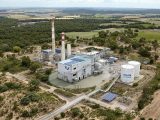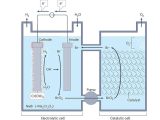
Texas Pushes to Lead in Hydrogen Production with Massive Gulf Coast Investments
July 8, 2025Texas is charging ahead as a rising force in hydrogen production, blending old-school energy expertise with federal support and heavyweight private investment to reshape its future around sustainable energy.
Fueling the Momentum: Energy Titans and Hydrogen Hubs
From late 2024 into the middle of 2025, the Texas Gulf Coast has taken center stage in America’s hydrogen boom. Thanks to a hefty $1.2 billion federal investment, two major efforts—the Gulf Coast Hydrogen Hub and the industry-led HyVelocity Hub—are laying the foundation for Texas to crank out more than 1.8 million metric tons of hydrogen each year and roll out a brand-new hydrogen infrastructure at scale.
Big names like Air Liquide North America, Chevron, ExxonMobil, and Plug Power are stepping up in a big way, expanding large-scale hydrogen production and developing storage systems. With over 1,000 miles of hydrogen pipelines—some of them decades old—Texas is tapping into its deep-rooted petrochemical base to get a leg up on the competition.
Fast Facts from the Frontlines
- Air Liquide operates the Spindletop facility, which holds a massive 4.5 billion cubic feet of hydrogen—one of the few sites in the U.S. with that kind of storage muscle.
- Plug Power has its sights set on producing 500 tons of green hydrogen per day in Texas by 2025.
- Chevron and ExxonMobil are teaming up on low-carbon hydrogen production and expanding pipeline networks under the Gulf Coast Hydrogen Hub initiative.
- HyVelocity is taking the lead on building out eight green hydrogen facilities across the Gulf and South Texas regions.
Technology in Focus: Green & Blue Hydrogen Gains Ground
Texas is placing big bets on both green hydrogen—made through electrolysis powered by renewables—and blue hydrogen, which uses carbon capture and storage (CCS) to cut emissions from natural gas-based production.
It’s a natural fit. Texas has an abundance of wind and solar energy, vast natural gas fields, and unique salt domes perfect for underground hydrogen storage. Facilities like Spindletop help balance supply and demand, all while boosting energy security. And with more hydrogen pipelines under construction, the state is gearing up to connect its production centers to national and even global supply chains.
Power Moves and Partnerships
Adam Peters, CEO of Air Liquide North America, is steering one of the key drives behind Texas’s hydrogen rise. Together with Plug Power and other major players, they’re looking to lock in a first-mover position as Texas transitions from fossil fuel refining stronghold to clean fuel trailblazer.
The cooperative muscle behind HyVelocity and the Gulf Coast Hydrogen Hub shows how public and private forces are coming together. The federal dollars flowing in are part of a broader $7 billion Hydrogen Hubs initiative—and the fact that Texas secured over a sixth of that pot speaks volumes about its growing influence in America’s hydrogen strategy.
Environmental Impacts, Local Stakes
Still, there’s no such thing as a free lunch. Producing green hydrogen through electrolysis requires a ton of water. A 2025 study shows Texas’s hydrogen industry could end up consuming up to 6.8% of the state’s total water supply by 2050. That could hit already water-stressed Gulf Coast communities especially hard.
Then there’s the ongoing debate around blue hydrogen. While CCS can significantly cut emissions, critics argue that if we keep leaning on fossil fuels for hydrogen, we risk losing the “clean” in clean energy.
Big Potential with Big Questions
There’s no question—Texas has everything going for it to lead the U.S. (and possibly the world) in sustainable energy with hydrogen at its core. The energy experience is here, the hydrogen pipelines are in place, and the policies lean pro-growth. But whether this shift truly delivers on its planet-friendly promise depends on smart management of water, carbon emissions, land use, and how well local communities are brought into the conversation.
The Road Ahead
What we’re seeing could be the birth of a new Texas energy boom—fueled not by oil, but by zero-emission hydrogen. If the state plays its cards right, its Gulf Coast could become the heartbeat of the global hydrogen economy for generations. Still, just like past energy waves, the real challenge will lie in keeping the benefits high—and the downsides in check.



 With over 15 years of reporting hydrogen news, we are your premier source for the latest updates and insights in hydrogen and renewable energy.
With over 15 years of reporting hydrogen news, we are your premier source for the latest updates and insights in hydrogen and renewable energy.
Sunhydrogen (HYSR) could potentially be a big asset to this project also. You should take a closer look at them and see what they could bring to the table.
Green Hydrogen is to expensive. GHYLF and SLB with assistance from CHX are bringing Gold Hydrogen on the market in the near future. Until then, the advancements of the Hydrogen Era will be sluggish.
So why is a red state pushing so heavily on hydrogen? Has the tax-and-spending mega bill given any tax credit to hydrogen?
Texas is very aware that oil and gas production will start a major decline well before the end of this century for their state. Hydrogen produced from ocean water and the use of ocean water minerals is the best path forward. The EU, China and the rest of the world are very aware of this fact. Ocean water produced hydrogen and solid state sodium batteries offer the final and best energy solution for the transportation industries worldwide. Simply unwise to use the last remaining oil and natural gas reserves to power the world’s trains, planes, trucks, buses, and automobiles. Rapidly depleting oil and natural reserves are needed for many other important purposes in the future. The good news, Hydrogen Regulations have just been completed in the US and the new hydrogen tax credits will greatly enhance to the transition to Hydrogen making “America Great Again”.
Energy for the world, endless energy and climate warming solved.